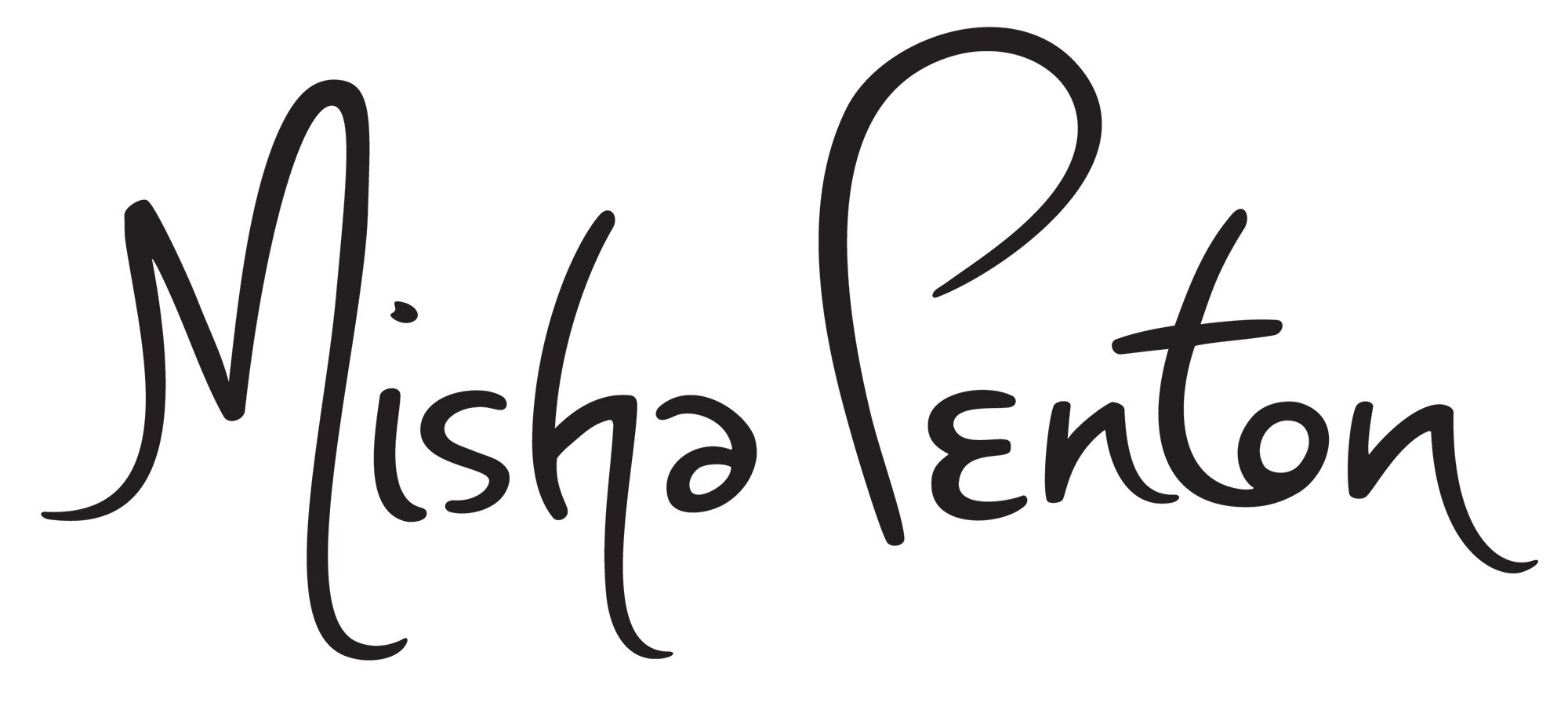This is our universe
"This is our universe" (Woolf 22)
Edges where opposing worlds meet:
Sea and sky. Land and sea. Sun and cloud.
A threshold
A not this
A not that
An in-;betwixt place
Voice and body
Notes on staff lift off of paper: changing states in an alchemical rush
A Something Else emerges
Virginia Woolf's The Waves haunts me (at least a little bit). Her 1931 novel came into my world when my first collaborative monodrama, Selkie premiered. Selkie is rooted in my experience of the wilds of British Columbia's Vancouver Island, and the pull of its liminal landscape where spidered rainforest fronds meet the raging Pacific, and seals bob their heads among frothy waves. Traditional stories of selkies belong to the other side of the world, to Scotland's Orkney Islands, where tales of the vulnerable half-human, half-seal creatures originated. I've since been to Isle of Skye in Scotland, the setting of The Waves. The island is stunning with it’s remote and unfathomable expanse of beauty; it's an untamed and moving place like Vancouver Island.
Woolf’s words connected to my Selkie libretto, firstly, in poetic ways and then more compellingly in the tragedy of Woolf's real life drowning. In a return to her novel, years after the Selkie monodrama, I began working with fragments of Woolf's text to develop a new project, This is our universe. Imagistic snippets of Woolf's words caught hold of something deeply personal, yet inarticulable and not-quite-able-to-;be-touched: a sadness? a longing? a lament? an experience of a threshold between the present and a beautiful never-was past— themes recurring in much of my work. I interspersed my words to hold her text together with mine— my voice joined with her voice in an interplay of images.
The Waves follows a group of children';s inner monologues from their carefree island play into an adult world of unexpected hardship. Stream-of-consciousness images offer scenes of singular, fleeting moments of everyday life. The world of The Waves feels mundane, magical, and simultaneously starkly important and painfully trivial, as it unfolds in sunlight and shadow: little bare feet running on sand and backs pressed to grass, "if we curl up close, we can sit under the canopy of the currant leaves and watch the censers swing. This is our universe" (22).
I experience the same mundane-sacred and ephemeral quality in the music-making and devised, semi-;improvised, collaborative process of the live/not-live performances of This is our universe. As musicians, we touch each others' sounds, like a wash of pigment sprayed cross paper and absorbed in unexpected curves and forms: bow on strings, fingers on keys, notes loosen from instruments, and breath low in the belly vibrates membranes in connection and response. Piano. Double bass. My voice, my words, Woolf's words. We are three (Virginia makes four), "ever translucent" (my words, not her's) to each other: "even my body now lets the light through" (45).
I reach back to 1931 and s Woolf reaches forward, nearly one hundred years later. We combine to make something new, surprising, precious, and un-repeatable.
_________________________________
Woolf, Virginia. The Waves. 1931. 20th Century Fiction Series. Edinburgh: Capercaille Books, 2012.
